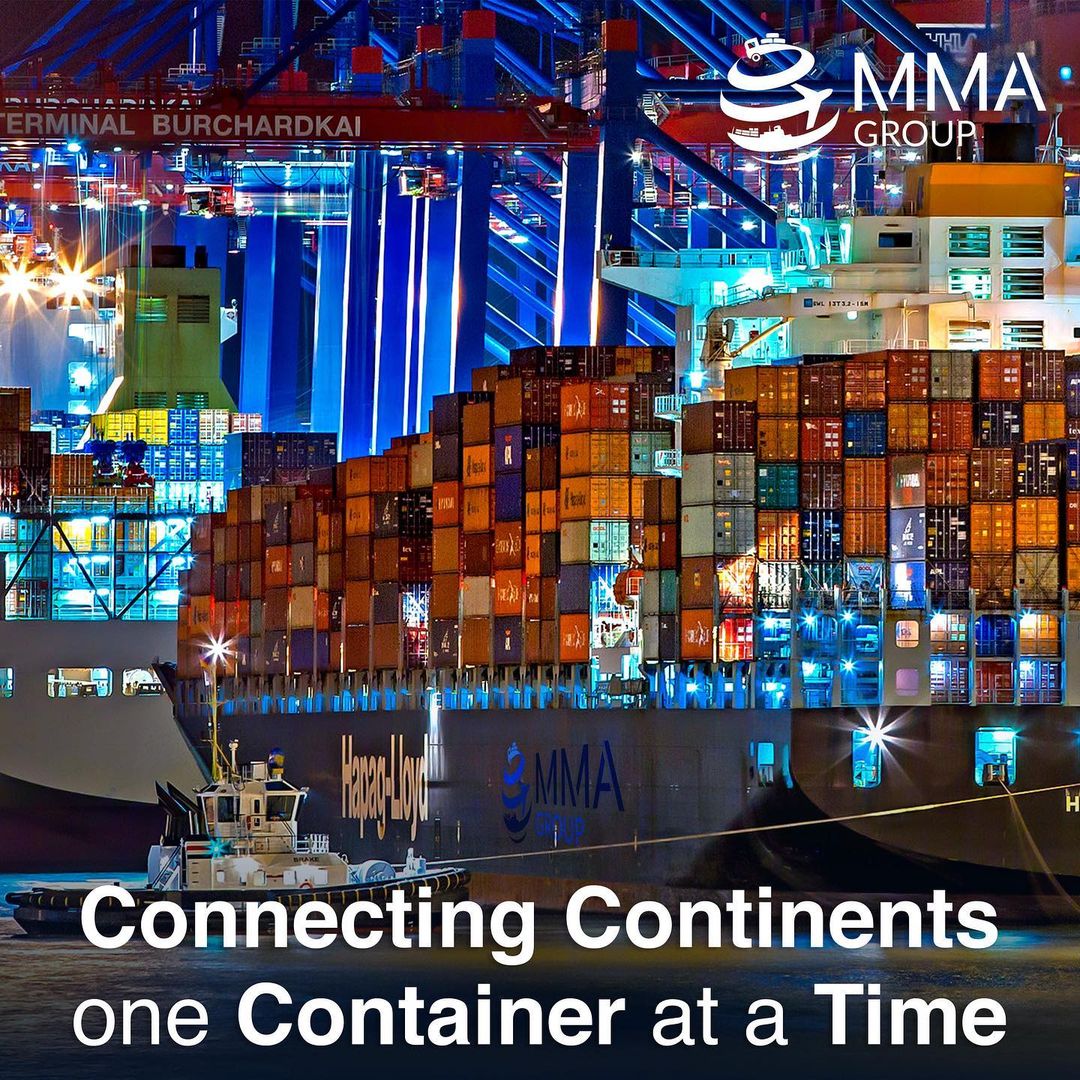Heavy material transportation is a vital component of many industries in the global economy, including manufacturing, construction, energy, and infrastructure development. Transporting large, bulky, or specialized items necessitates the use of specialized logistics, which is what heavy material shipping entails. This article explores the complex field of heavy material shipping, looking at the importance of the field, the difficulties encountered, and the creative solutions used to guarantee the smooth and effective transportation of these vital materials.
The Significance of Heavy Material Shipping
Industries that depend on the transportation of large, bulky items—which are frequently unsuitable for standard shipping methods—rely heavily on heavy-material shipping. These supplies include tools, machinery, building materials, and other bulk items required for large-scale undertakings and industrial processes. One can view the importance of shipping heavy materials from some perspectives:
Infrastructure Development:
Large and heavy components must be transported to build infrastructure projects like power plants, bridges, and industrial buildings. Large-scale development projects can only proceed with the assistance of heavy material shipping, which is essential for getting the required tools and supplies to building sites.
Energy Sector:
The energy sector, which includes renewable energy, oil, and gas, depends on the transportation of large machinery and equipment for production, exploration, and power generation. Energy facilities cannot operate without the movement of big parts, like turbine generators and drilling rigs.
Manufacturing and Industrial Operations:
Transporting production lines, bulk materials, and large machinery is a common task for the manufacturing sector. The timely delivery of these parts is ensured by effective heavy material shipping, which also reduces downtime and streamlines production procedures.
Challenges in Heavy Material Shipping
Although the transportation of heavy materials is essential to many industries, it presents a unique set of difficulties that call for careful preparation and execution:
Specialized Equipment and Handling:
Specialized equipment is frequently needed for the loading, unloading, and transportation of heavy materials. The shipping process is made more complex by the need for customized solutions due to the lack of standard containers.
Regulatory Compliance:
Many laws and licenses must be obtained to transport bulky goods across international borders. Careful planning and coordination are necessary to guarantee compliance with weight restrictions, road transportation guidelines, and safety protocols.
Risk of Damage:
Rough handling, bad weather, and insufficient securing can all cause damage to heavy materials while they are in transit. Careful packing and securing procedures are necessary to reduce this risk.
Route Planning and Infrastructure Constraints:
Finding the best routes for transportation can be difficult, particularly if you have to pass through areas with poor infrastructure for moving large objects. It is crucial to make sure that ports, bridges, and roadways can support large loads.
Innovative Strategies in Heavy Material Shipping
To tackle the difficulties that come with transporting heavy materials, the sector has adopted creative approaches and technological advancements:
Advanced Logistics Software:
Real-time tracking, route optimization, and comprehensive shipping process visibility are all made possible by logistics software. This technology facilitates proactive problem-solving, improves coordination, and cuts down on delays.
Specialized Transport Equipment:
Heavy-duty trailers, cranes, and lifting mechanisms are examples of specialized transport equipment that have been developed to enable the safe and effective handling of oversized and heavyweight cargo. These developments make things run more smoothly and increase safety.
Project Cargo Management:
Project cargo management is the process of carefully organizing and arranging the transportation of bulky goods for designated projects. This method takes into account every factor, including route planning and regulatory compliance, to provide a customized and effective shipping solution.
Collaborative Supply Chain Solutions:
Manufacturers, project managers, shipping companies, and other supply chain participants need to work together. When it comes to heavy material transportation, open communication, and teamwork improve planning, reduce risk, and increase overall efficiency.
Future Trends and Opportunities
Emerging opportunities and trends that promise to further improve sustainability and efficiency will shape the future of heavy material shipping:
Green Shipping Practices:
Environmentally friendly shipping practices are being adopted by the shipping industry, especially in the case of heavy-material shipping. Green shipping programs seek to lessen the impact of transport on the environment through the use of low-emission vehicles and the investigation of alternative fuels.
Technological Integration:
Continuous technological development, such as the application of automation, IoT devices, and sensors, will be crucial to optimize the shipping of heavy materials. These technologies improve the supply chain’s overall visibility, tracking, and monitoring.
Conclusion
Global trade depends on the transportation of heavy materials Shipping, which makes it easier to move specialized and oversized goods that are needed by a variety of industries. Even with enduring obstacles, new approaches, and technological developments keep improving the sustainability and effectiveness of heavy material transportation. Heavy material shipping will continue to play a crucial role in facilitating the smooth flow of materials that propel global development and progress as industries change and trade grows.

